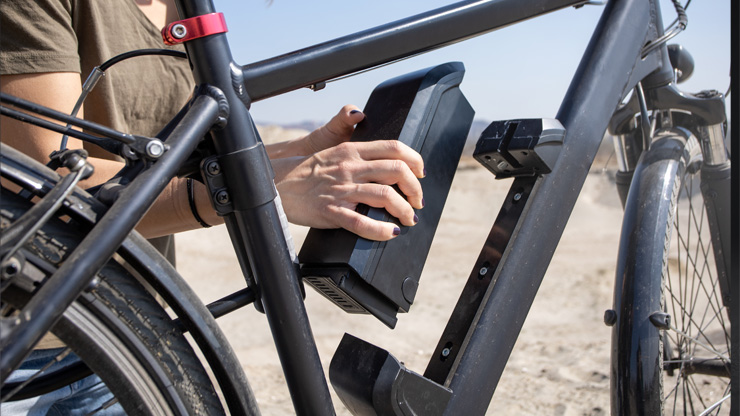
In Illinois law, the terms “vehicle” and “motor vehicle” are not interchangeable, and their definitions have important legal implications. Understanding these distinctions is essential for individuals dealing with traffic regulations, licensing requirements, and liability matters.
Definition of a Vehicle in Illinois
Under the Illinois Vehicle Code (625 ILCS 5/1-217), a “vehicle” is broadly defined as:
” Every device, in, upon or by which any person or property is or may be transported or drawn upon a highway or requiring a certificate of title under Section 3-101(d) of this Code, except devices moved by human power, devices used exclusively upon stationary rails or tracks, and snowmobiles as defined in the Snowmobile Registration and Safety Act.”
This definition encompasses a wide range of transport mechanisms, including motorized bicycles. Notably, it excludes those powered solely by human effort, such as traditional bicycles and skateboards, and those that run solely on rails, like trains.
Definition of a Motor Vehicle in Illinois
A “motor vehicle” is a subset of “vehicles” and is more specifically defined under 625 ILCS 5/1-146:
“Every vehicle which is self-propelled and every vehicle which is propelled by electric power obtained from overhead trolley wires, but not operated upon rails, except for vehicles moved solely by human power, motorized wheelchairs, low-speed electric bicycles, and low-speed gas bicycles.”
This definition captures automobiles, motorcycles, trucks, and other self-propelled transportation modes, including electric and hybrid vehicles. However, motorized wheelchairs and low speed electric or gas powered bicycles are expressly excluded, as they serve mobility assistance purposes rather than general transportation.
Key Legal Implications of the Distinctions
The distinction between a “vehicle” and a “motor vehicle” carries various legal consequences:
What laws are affected
As previously stated, persons who have a suspended license may still operate a “vehicle”, which includes low speed bicycles powered by an electric or gas motor. However, If your license is suspended in Illinois, you will not be allowed to operate a motor vehicle, which requires registration with the Illinois Secretary of State.
Additionally there are other places in the Illinois Vehicle Code where there are distinctions between a “vehicle” and a “motor vehicle”. For instance, when it comes to illegal transportation of cannabis pursuant to 625 ILCS 5/11-502.15, the law requires persons in a “motor vehicle” transport their cannabis in a sealed odor proof container that is not accessible to the driver. However, when operating a “vehicle”, there is no such obligation on the driver except to have the cannabis in a sealed and odor proof container. The statute for Illegal transportation of cannabis is listed below.
Sec. 11-502.15. Possession of adult use cannabis in a motor vehicle.
(a) No driver may use cannabis within the passenger area of any motor vehicle upon a highway in this State.
(b) No driver may possess cannabis within any area of any motor vehicle upon a highway in this State except in a secured, sealed or resealable, odor-proof, child-resistant cannabis container that is inaccessible.
(c) No passenger may possess cannabis within any passenger area of any motor vehicle upon a highway in this State except in a secured, sealed or resealable, odor-proof, child-resistant cannabis container that is inaccessible.
Conclusion
While both “vehicles” and “motor vehicles” fall under Illinois transportation laws, the primary difference lies in whether they are self-propelled. This distinction influences various legal requirements, including licensing, registration, insurance, and liability. Understanding these definitions is crucial for compliance with state laws and ensuring road safety for all users. If in doubt about the classification of a specific transport device, consulting the Illinois Vehicle Code or seeking legal advice is recommended.

Written by Attorney Jonathan James
Rockford Traffic Attorney